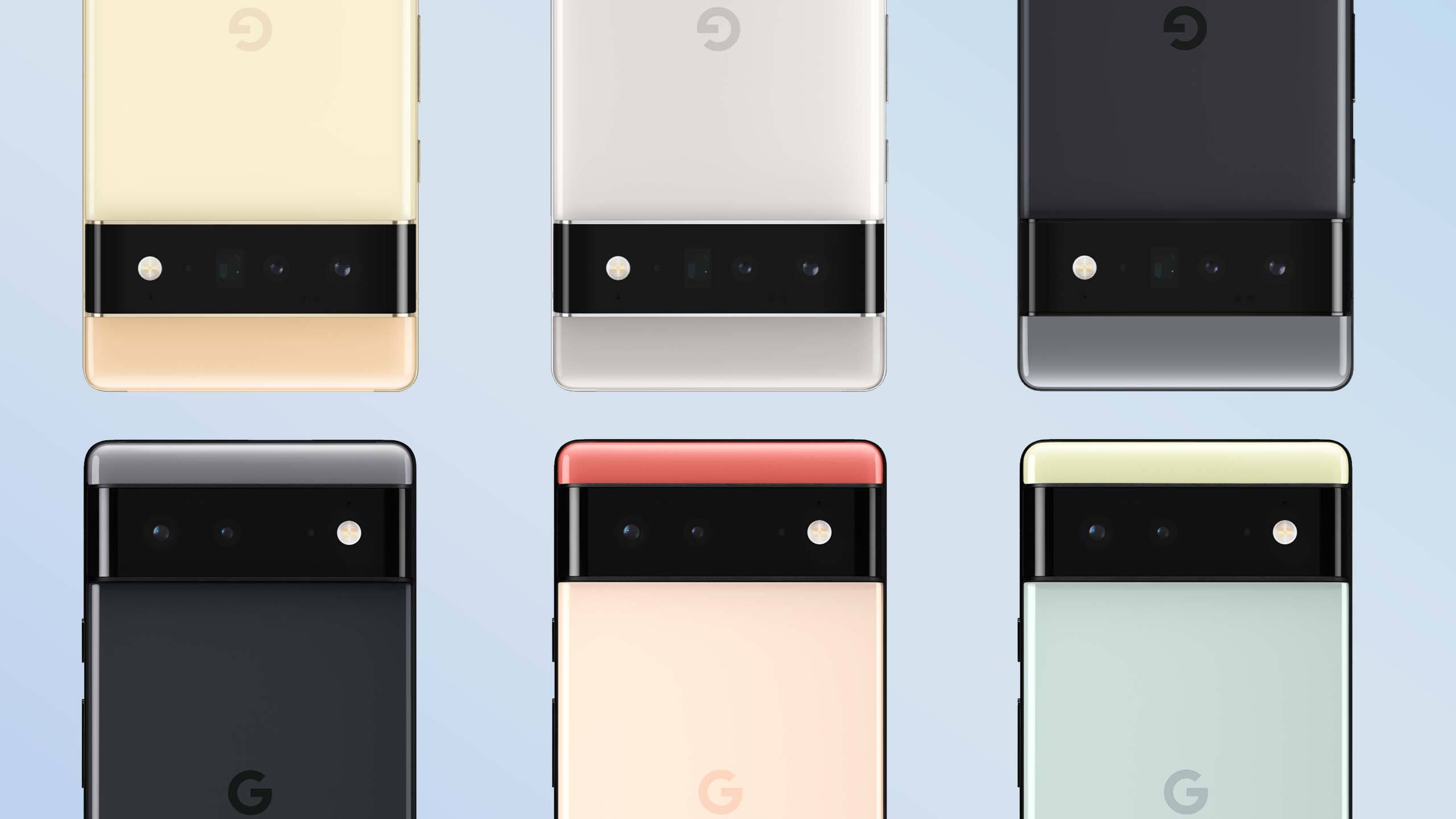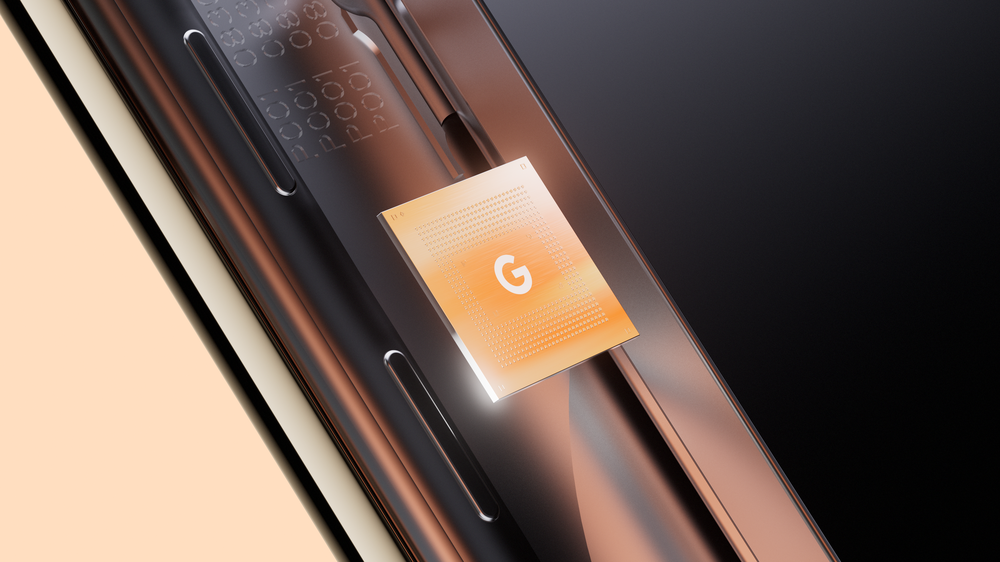Google Pixel 6 — 4 burning questions ahead of the Pixel event

With so many Google Pixel 6 leaks flying around, it's hard to know what's left for Google to show when it holds its Pixel event on October 19th. We still have a few important questions though.
While the basic hardware that make up the Pixel 6 and Pixel 6 Pro have been thoroughly leaked, and in some cases officially revealed, there's still questions around the displays, the new Tensor chipset and facial unlocking. Plus nobody's been able to reveal what the phone's really like to hold and use yet.
- Google Pixel 6: catch up on the rumors
- See what the Pixel 6 needs to beat on our best phones list
- Plus: Google Pixel 6 event on October 19 — everything you need to know
According to a recent leak, the regular Pixel 6 will come with a 6.4-inch OLED display with 90Hz refresh rate, a dual lens rear camera with 50MP wide and 12MP ultra-wide lenses, an 8MP selfie cam, a 4,614 mAh battery, and up to 8GB of RAM and 256GB of storage.
Meanwhile, the Pixel 6 Pro is tipped to feature a 6.71-inch OLED display with 120Hz refresh rate, a 5,000 mAh battery, 12MP selfie cam, and up to 12GB of RAM and 512GB of storage. Expect a triple lens rear camera with 50MP, 12MP, and 48MP lenses with 4x optical zoom.
Still, we've got four points about the Pixel 6 series we'd like to see some clearer answers on. These may not get answered until the actual launch or until we get hands-on time with the phones, but if we're lucky some more leaks may appear to fill in the blanks.
Google Pixel 6 leaks — what we still don’t know
Just how big is it?
This is a minor point in comparison to the other things on this list, but the size and weight of the Pixel 6 series is still unknown. There have been measurements leaked for the Pixel 6 Pro (via Digit), but not the Pixel 6, and the weight of either phone hasn't been mentioned in any reliable leaks we've seen.
Get instant access to breaking news, the hottest reviews, great deals and helpful tips.

From the size of the Pixel 6 Pro (163.9 x 75.8 x 8.9 mm or 6.4 x 2.9 x 0.35 inches), it sounds like it'll be slightly taller and thinner than the iPhone 13 Pro Max, which also has a 6.7-inch display. However, the Pixel 6 Pro also has an 11.5mm (0.45 inches) thick camera bump across its back to contend with too. We won't be able to tell how nicely the Pixel 6 series is to hold and use until we actually get our hands on the devices, but it at least sounds similar to a device we already know bears its size well.
What will the 90Hz and 120Hz displays work?
Google has already disclosed that the Pixel 6 will feature a 90Hz display, and the Pixel 6 Pro a 120hz display. These are interesting specs, but only tell half the story about how the display will work.

The other key detail is how adaptive Google's new phones will deal with these refresh rates. There are two methods it could use: allow the user to toggle between the low and high refresh rates or make it fully dynamic based on the task.
Full variability is arguably more impressive to see in action, and could in theory save more battery life. However, this requires Google to use an LTPO display on its phones, an expensive component that it hasn't yet implemented on a phone.
We'd imagine that if Google did go for a fully variable display refresh rate, it would only do so on the Pixel 6 Pro, which would get the most benefit from the system with its higher maximum refresh rate. Pending further leaks, that's just an assumption.
What exactly can Tensor do for me?
Google's already hyped up its first proprietary chip design, named Tensor, quite a bit. The new chipset will focus on AI and machine learning (ML), with the help of its dedicated Tensor Processing Unit (TPU), but we've only had a few examples so far of how this will actually manifest on the Pixel 6.

These include better photography of high-speed subjects, computational video processing, speech recognition, reactive widgets like the new Live Space widget, and live translation and transcription. There will no doubt some new abilities for Google Assistant, too.
However, none of these are particularly specific and sound a lot like features already available within both Android and iOS. Hopefully Google offers some more concrete examples of what Tensor is capable of; otherwise, the claim of the Pixel 6 being the "smartest, most secure, and personal phones ever" will ring hollow.
How does face unlocking work? And is there a fingerprint sensor in the display?
We know from seeing the body of the Pixel 6 that Google's not bringing back its rear-mounted fingerprint scanner. It was therefore assumed Google was going to use an under-display fingerprint scanner instead. While that may be the case, there may also be facial recognition unlocking too, according to the appearance of the option on a Security menu shown as part of a recent leak.

The thing is that we know there's only one front camera on the Pixel 6 series, and it's a normal camera. Usually to enable secure face unlocking, you need an IR sensor or something similar to make sure only your real face opens the phone and not just a photograph. Therefore, at first glance this just looks like Google could be offering face unlock as a secondary option, like many existing Android phones do, as a convenient way to speed up unlocking rather than have it act as the primary line of defense.
Except details from XDA Developers' Mishaal Rahman suggest that Google has been working on making secure face unlocking using the selfie camera. His delving into the code of Android 12 seems to suggest Google intends face unlock to be the primary method of unlocking, with the fingerprint system acting as back-up.
As this is a software feature, it'll be hard to tell what exactly Google's doing here before the phone launches. It'll be fascinating to see if Google can pull off secure facial recognition like this though, as it would make Apple's Face ID and the large notch required to enable it look clunky by comparison.

Richard is based in London, covering news, reviews and how-tos for phones, tablets, gaming, and whatever else people need advice on. Following on from his MA in Magazine Journalism at the University of Sheffield, he's also written for WIRED U.K., The Register and Creative Bloq. When not at work, he's likely thinking about how to brew the perfect cup of specialty coffee.
